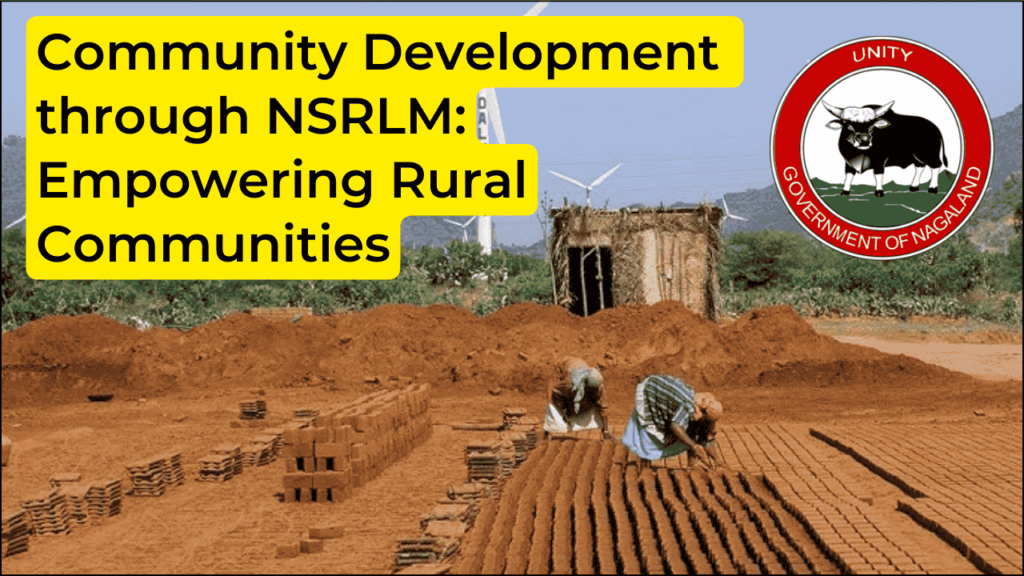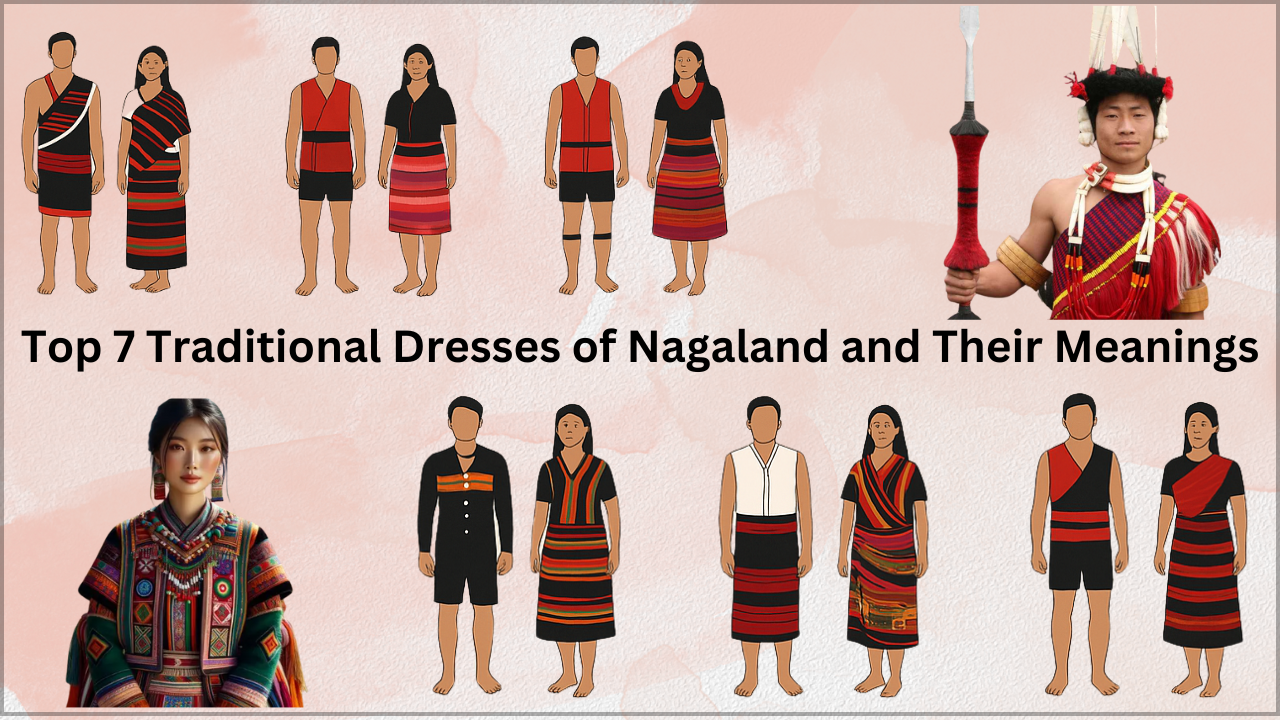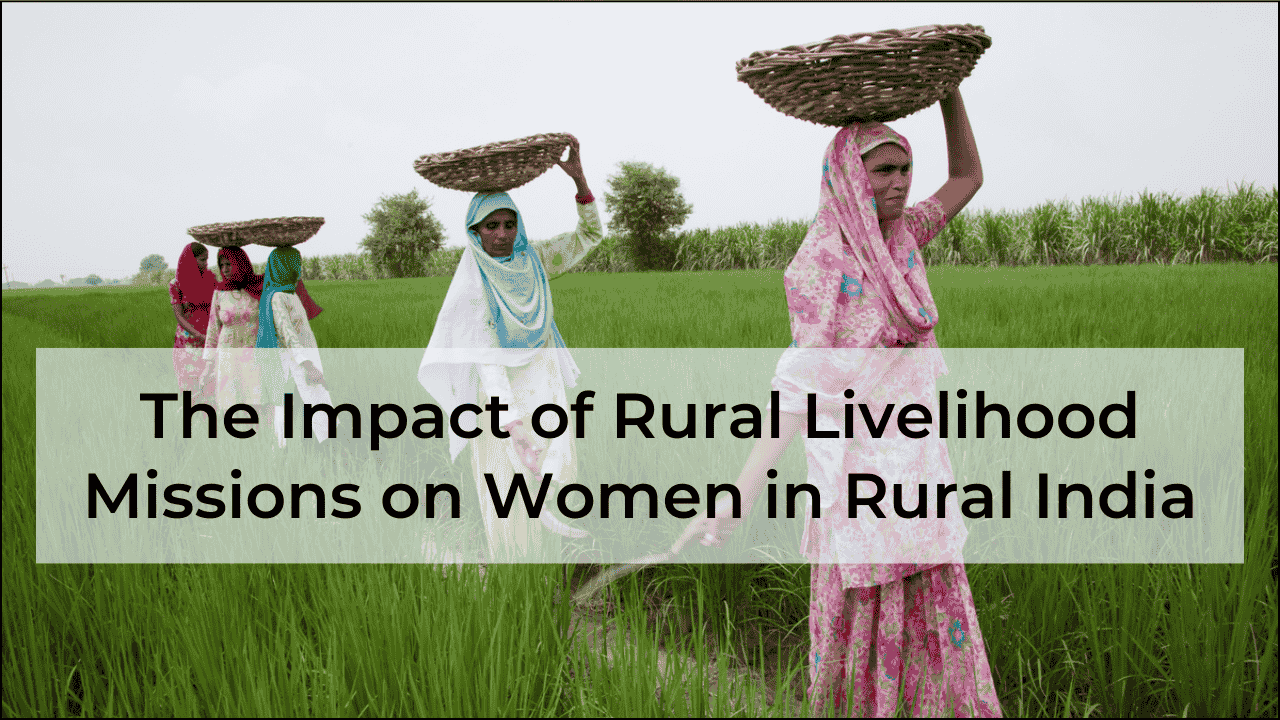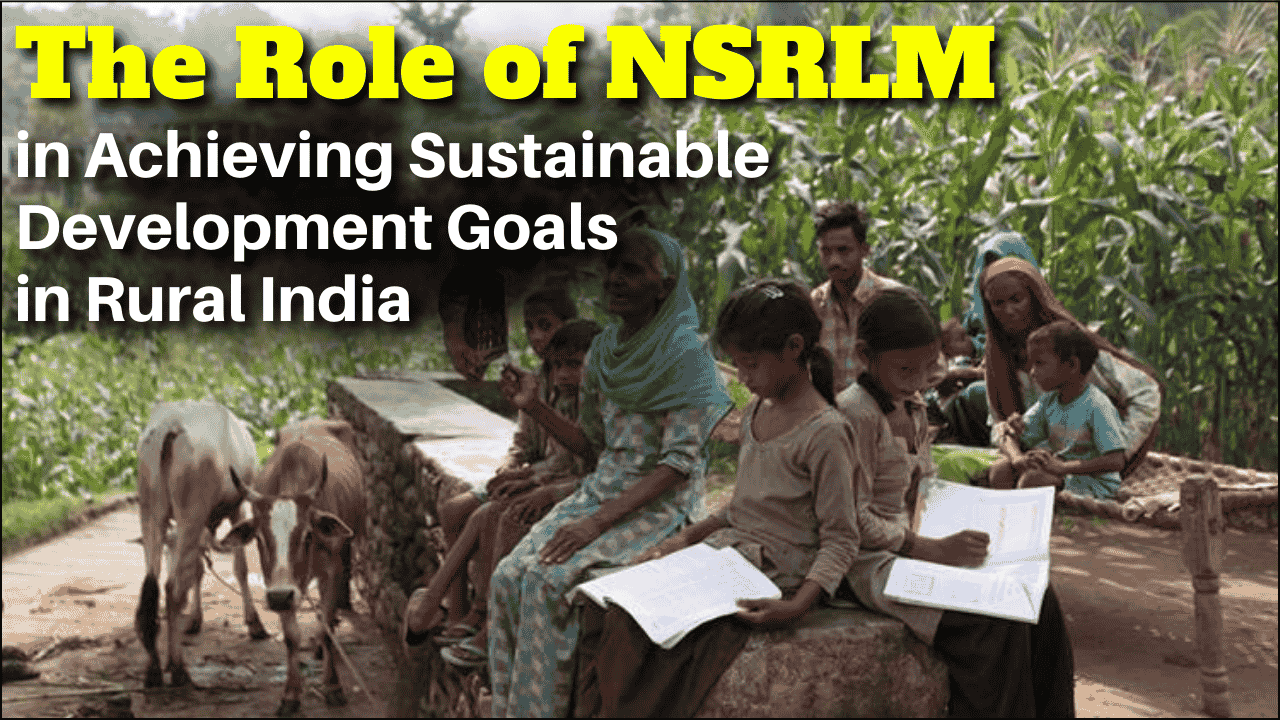
The National Sustainable Rural Livelihoods Mission (NSRLM) represents a transformative approach to poverty reduction in rural areas. At its core, NSRLM believes that mobilizing the poor to form their institutions is the most crucial prerequisite for large-scale poverty comfort. This article explores how NSRLM works, its key components, and its impact on rural communities.
Social Inclusion and Universal Mobilization
NSRLM begins with the fundamental principle that no poor family should be left behind. The program uses targeted strategies to include all identified poor households, with special attention to vulnerable groups:
- Scheduled castes and tribes
- Single women and women-headed households
- People with disabilities
- Landless workers
- Migrant laborers
- Isolated communities
- Communities in disturbed areas
The mobilization process starts by identifying the poorest through participatory vulnerability assessment. This community-led approach ensures that those most in need receive support first. Existing community leaders and resource persons help facilitate this inclusive process.
Self-Help Groups (SHGs)
The Self-Help Group serves as the primary building block of NSRLM. These groups typically consist of 5-20 women from poor households who come together for:
- Mutual support and cooperation
- Collective action for social and economic development
- Promoting savings habits
- Building community funds
- Creating local financial institutions
By ensuring at least one woman from each identified poor household joins an SHG, NSRLM creates a pathway to reach entire families. While women form the initial membership, both men and women eventually organize around livelihood issues through farmers’ organizations, milk cooperatives, weavers’ associations, and similar collectives.
The Power of Federation: Strength in Numbers
NSRLM recognizes that while SHGs provide immediate benefits, larger-scale change requires organization at higher levels. The federation structure creates collective strength, bargaining power, and economies of scale:
| Federation Level | Composition | Primary Functions |
|---|---|---|
| Village Level Organization (VLO) | 5-20 SHGs | – Including left-out households<br>- Providing support services to SHGs<br>- Facilitating access to public services |
| Cluster/Block Level Federation (CLF/BLF) | 5-20 VLOs | – Legal entities under registration acts<br>- Providing financial and business services<br>- Creating market linkages |
These federations develop through five phases over 3-5 years:
- Pre-formation
- Formation
- Functional development
- Growth
- Sustainability
Each federation operates through an executive committee and specialized sub-committees, with accountability to a general body. As federations grow stronger, the need for external support decreases, creating a clear exit strategy for outside organizations.
Specialized Institutions for Livelihood Enhancement
Beyond the basic federation structure, NSRLM supports specialized livelihood institutions that address specific economic needs:
| Sector | Examples of Specialized Institutions |
|---|---|
| Farm Sector | Agricultural producer groups, Dairy cooperatives, Forestry collectives |
| Non-Farm Sector | Artisan groups, Craft cooperatives, Small manufacturing collectives |
| Service Sector | Tourism groups, Transport associations, Market service providers |
These collectives fill gaps in production-distribution value chains and provide crucial backward-forward linkages. They enable poor communities to access markets, technology, credit, and information that would be difficult to obtain individually.
Social Capital: The Human Infrastructure
The sustainable success of NSRLM depends on building human capacity within communities. This “social capital” includes:
- SHG members and office bearers
- Community resource persons
- Community professionals:
- Master bookkeepers
- Village facilitators
- Community service providers
- Bank facilitators (Bank Sakhis)
- Business correspondents
This network of trained individuals serves as both “dynamic drivers” (expanding the program horizontally) and “static drivers” (deepening processes in existing areas). The community resource persons spread the model to new areas, while federation members and professionals sustain operations locally.
Capacity Building: The Path to Self-Reliance
NSRLM invests heavily in building the capabilities of community members through:
- Structured training programs
- Hands-on guidance and mentoring
- Regular refresher sessions
- Peer learning opportunities
- Exposure visits to successful models
Through this comprehensive approach, NSRLM gradually transfers ownership and control to community members. The District and Block Mission Management Units (DMMU and BMMU) provide initial support but progressively reduce their role as community institutions become self-sustaining.
Impact and Outcomes
The NSRLM approach has demonstrated significant results across multiple dimensions:
- Financial Inclusion: Millions of rural households now have access to savings and credit services through their SHGs
- Livelihood Enhancement: Diversified income sources have reduced vulnerability to economic shocks
- Social Empowerment: Women’s participation in decision-making has increased at household and community levels
- Institutional Linkages: Poor communities have improved access to government schemes and banking services
- Market Access: Collective marketing has secured better prices for products and services
Conclusion
The NSRLM model represents a paradigm shift in poverty reduction. Instead of treating the poor as passive recipients of aid, it positions them as active agents of change through their institutions. By building a multi-tiered institutional architecture from SHGs to federations, complemented by specialized livelihood collectives and supported by community professionals, NSRLM creates a sustainable ecosystem for community development.
The greatest strength of this approach lies in its focus on building community ownership. As external support gradually withdraws, the institutions of the poor take increasing responsibility, creating a self-perpetuating cycle of empowerment and development. This “institutions of the poor, by the poor, for the poor” approach offers valuable lessons for poverty reduction efforts worldwide.




